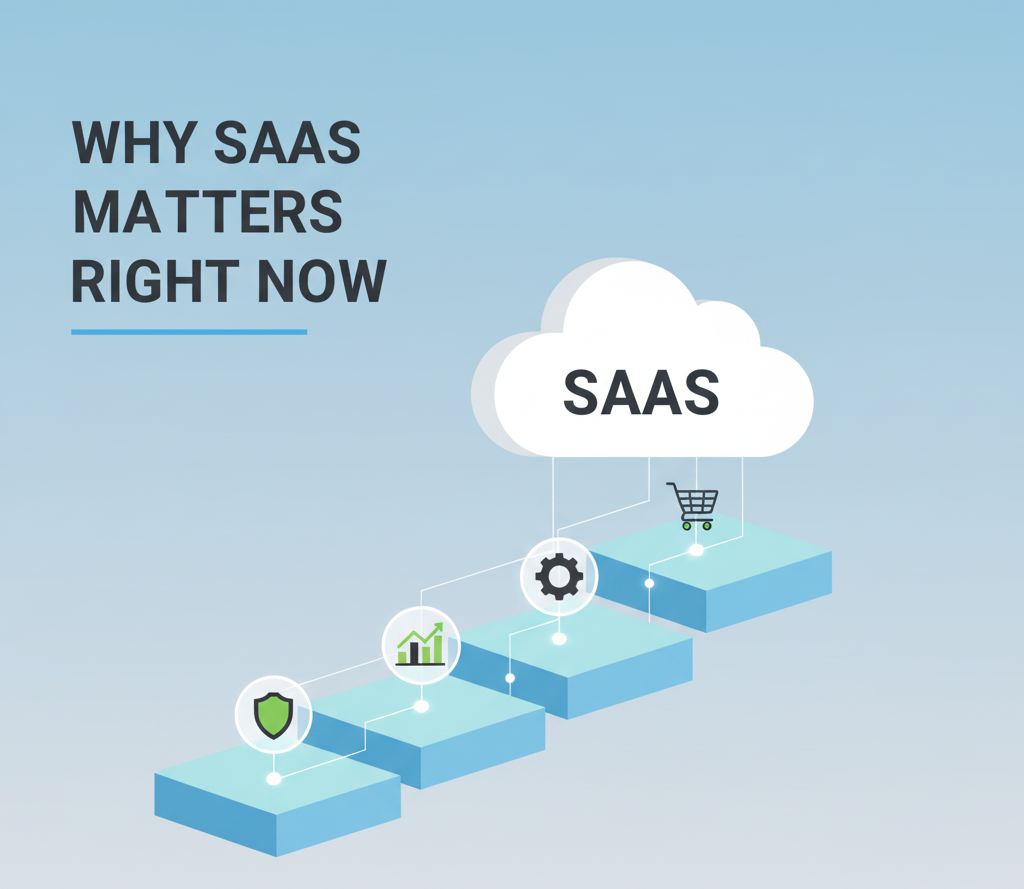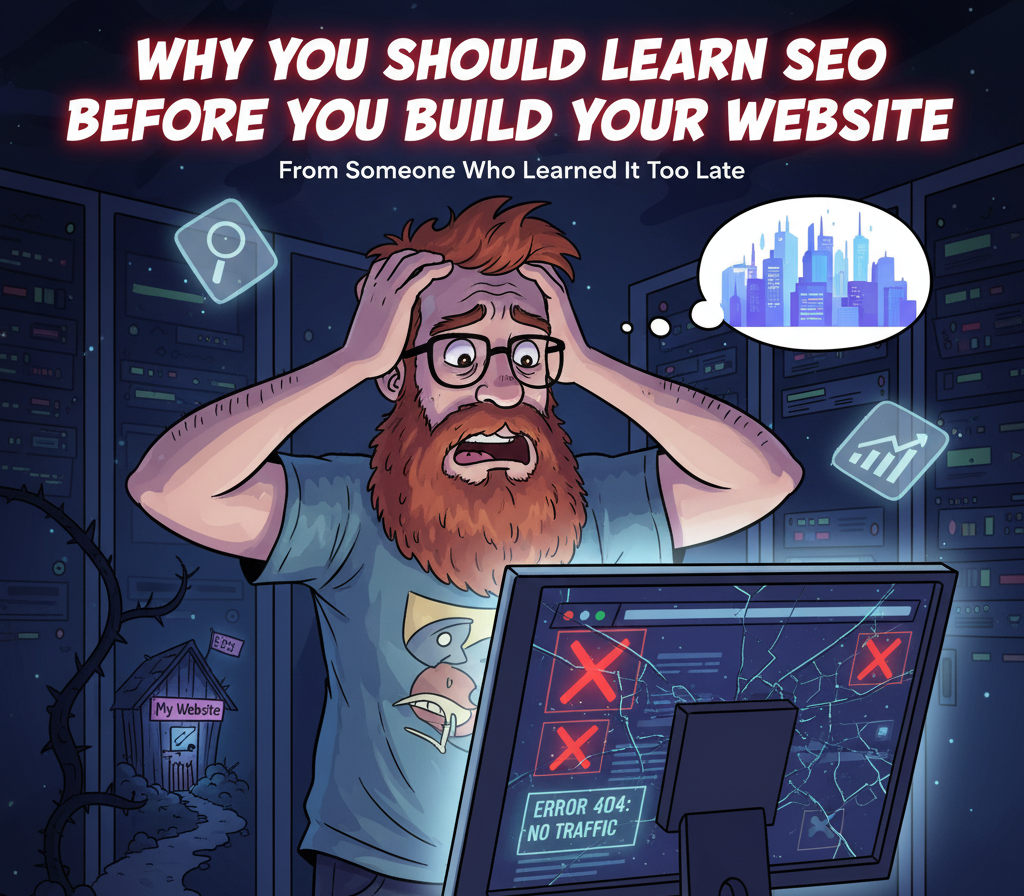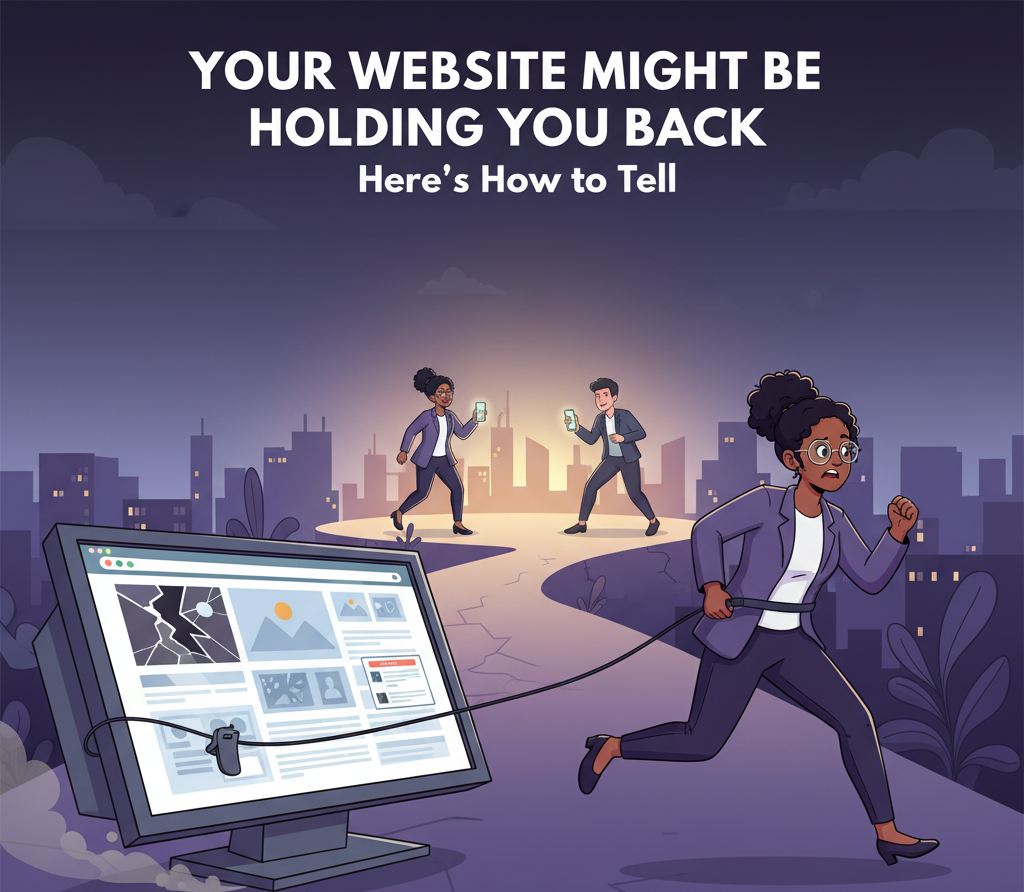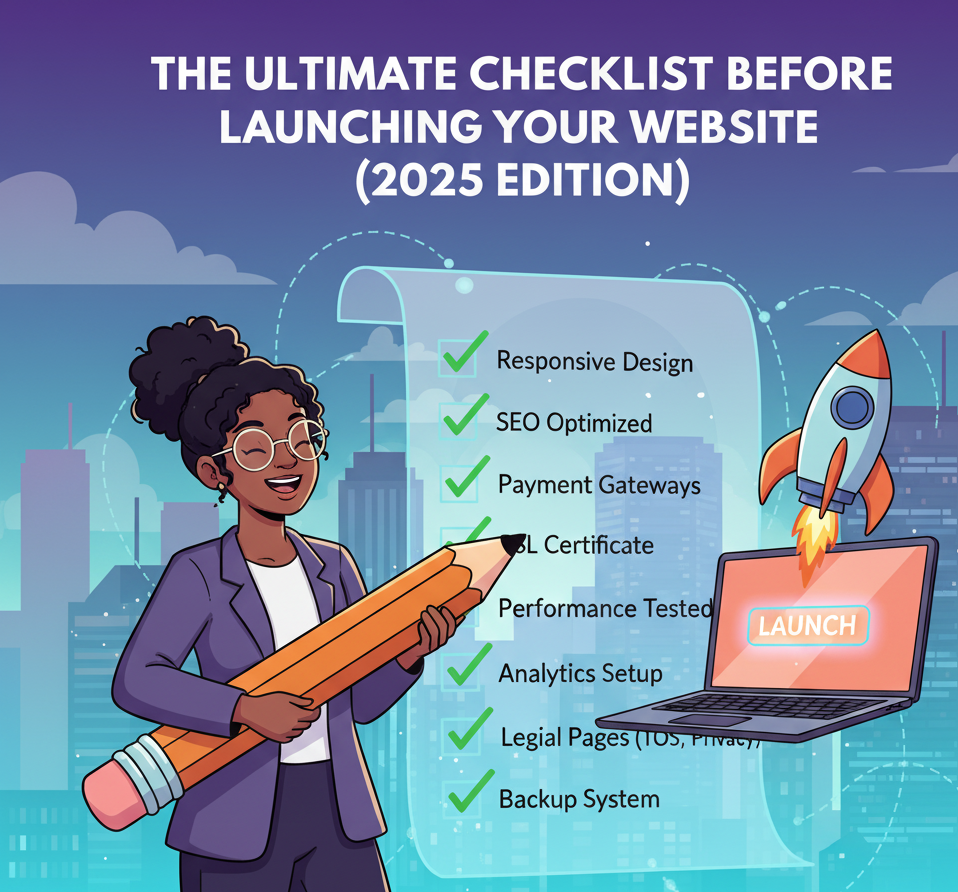In 2025, every successful business — from tiny startups to billion-dollar corporations — runs on SaaS (Software as a Service). What used to be a buzzword a few years ago is now the foundation of how modern companies operate, grow, and scale.
Let’s break down why SaaS matters more than ever right now — and what it means for your business.
🚀 1. The World Has Fully Shifted to Cloud-First
The pandemic accelerated what we now call the cloud-first economy — and SaaS is leading that charge.
Today, 99% of businesses use at least one SaaS product (Gartner, 2024). From Slack and Notion to HubSpot and Canva, these aren’t “extras” — they’re core business tools.
In 2025, SaaS isn’t a choice. It’s infrastructure.
💼 2. Startups Are Built Faster, Smarter, and Cheaper
Ten years ago, launching a business meant big upfront investments — servers, licenses, IT maintenance.
Now? You can build, test, and scale with tools like:
- Webflow or Framer for websites
- Stripe for payments
- Notion for internal management
- HubSpot for marketing automation
Even early-stage founders in India, Europe, and the U.S. are running global businesses powered entirely by SaaS stacks that cost less than $100/month.
SaaS has democratized entrepreneurship.
📊 3. The Data Advantage
SaaS tools don’t just run your business — they teach you about it.
Every click, sale, and user interaction creates data you can analyze instantly.
Take Shopify, for example. In 2024, their analytics suite helped over 2 million merchants improve conversion rates by 22% simply by tracking buying behavior and customer journeys.
That kind of data-driven insight is impossible with old-school, offline systems.
🌍 4. Global Collaboration = The New Normal
Teams today are remote, distributed, and always connected.
SaaS tools like Slack, ClickUp, and Miro allow teams in Mumbai, New York, and Berlin to brainstorm, launch products, and scale — in real time.
This global connectivity means your startup is no longer limited by geography. You can hire globally, sell globally, and grow globally — powered entirely by SaaS.
🔄 5. Continuous Improvement (Without the Chaos)
Traditional software needed manual updates and reinstallations. SaaS platforms update automatically — sometimes multiple times per week.
This means faster innovation, better security, and zero downtime.
For example, Adobe Creative Cloud now releases AI updates every few weeks, helping creators access tools that used to take months to ship.
In short: SaaS keeps your business future-proof.
💡 Real-World Proof: The SaaS Boom
- Notion grew from a small tool to a $10B company because it replaced dozens of apps with one collaborative platform.
- Figma, now part of Adobe, changed how design teams work — with real-time cloud collaboration.
- Freshworks (India) became a global SaaS powerhouse, proving that SaaS success stories aren’t just from Silicon Valley.
These examples show how SaaS isn’t just a product category anymore — it’s an ecosystem driving global innovation.
🔍 Final Thoughts
If 2024 was the year of AI tools, 2025 is the year of AI-powered SaaS.
Businesses that understand, integrate, and build on SaaS platforms will grow faster, operate smarter, and reach markets they never thought possible.
At DropLab, we help startups and businesses build websites, tools, and digital experiences that integrate seamlessly with modern SaaS ecosystems — because the future belongs to companies that move with the cloud, not behind it.



